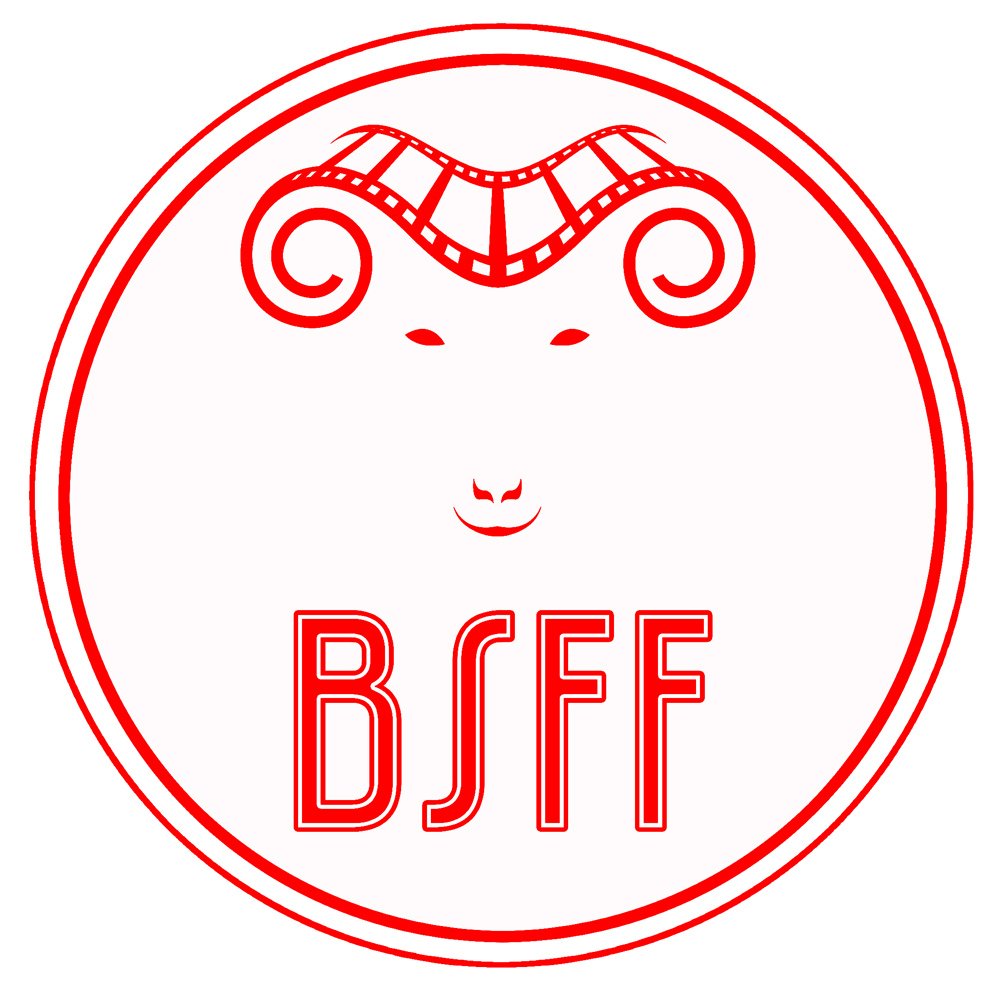5Q's w/Steve Jarvis "Women In The Sand" Director
SATURDAY | BLOCK G | 9:30 |
Women In The Sand (87 min) dir: Steve Jarvis
# 1: Can you describe your movie and why somebody should see it in less than 280 characters?
Guided by the spirits of their ancestors, two feisty elders of the vanishing Timbisha Shoshone Tribe struggle to overcome injustice, protect their homeland and keep their ancient tribal culture alive in the hottest places on Earth; Death Valley, California.
# 2: What do you want the Borrego Springs Film Festival audience to know about your film?
This is an important film about an important piece of the Native American story.
The filming of "The Women In The Sand", narrated by Edward James Olmos, was a great honor and exceptionally rare opportunity. Elders of the Timbisha Shoshone Tribe have never allowed filmmakers to have such in-depth access to their lives and history of their culture.
My editor wife, Kate Fosselman and I worked with care, respect and patience for over four years to capture this eye-opening, impactful look into the true story of the Timbisha People.
Through first hand recollections and personal experiences, Pauline Esteves, her sister-in-law Maddy Esteves and a few others reveal what it was like for the Timbisha People to spend over a century struggling against dreadful treatment by the US government and survive to this day in their ancestral homeland, Death Valley California, the hottest place on Earth.
# 3: What is your movie making background? Tell us about yourself.
I’m a DGA commercial film director. A graduate of Art Center College of Design I’ve worked as an ad agency art director on United Airlines, Budweiser and Mattel Toys. Later, I became a film director directing commercials for Post Cereals, Mattel Toys, and many others. I’ve expanded my film making interests by directing the short documentary film, “Roy’s Market” which was honored with a special screening at the Chicago Art Institute. I’ve also directed a TV pilot, “Wine Geeks In Paradise”.
My passion for exploring and protecting the California desert and it’s history has led me to direct my first feature documentary film, “The Women In The Sand” and a short documentary film for the Western Shoshone Nation titled, “The Spirit Walk”.
# 4: What was the biggest lesson learned in getting your film made?
Don't rush. When documenting a story on film about real people, mostly through interviews, I learned to take the time to let the story develop from what the people have to say. Early on, I realized I had to drop my preconceived notions about the story and be open to where my subjects led me -- how they saw themselves and the world around them. The story became more revealing, honest and impactful. I also learned to start the camera rolling before the interviews begin. Some of the most meaningful material I captured, I got before I asked the first question.
# 5: What does the future hold for your film and you?
If we are successful in getting good domestic and international distribution, this film could serve to enlighten the world to the incredible importance of saving and supporting all indigenous cultures and specifically this ancient Native American culture -- The Timbisha Shoshone of Death Valley.




